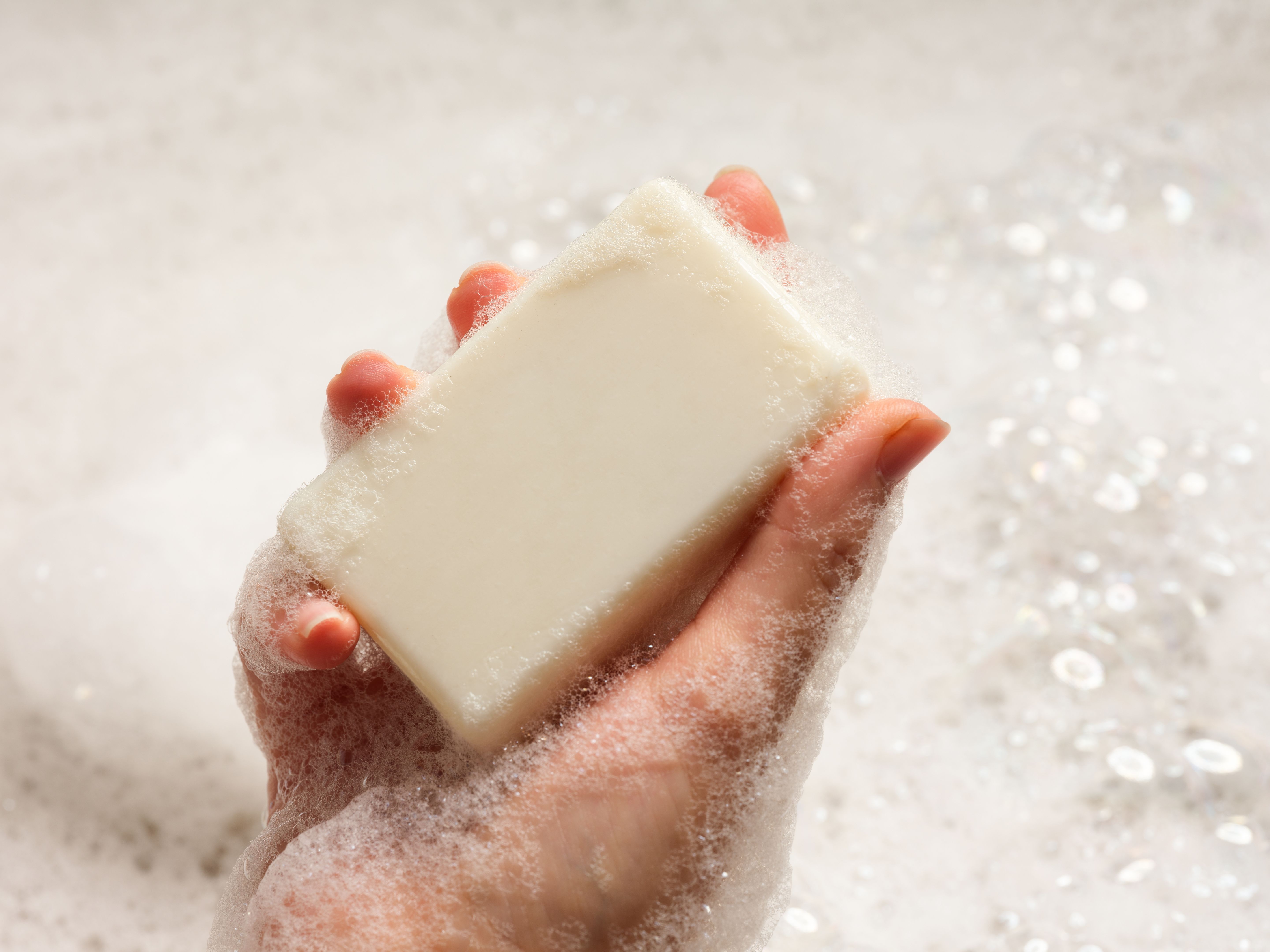Handwashing: Liquid vs. Bar Soap
The Importance of Handwashing
Handwashing is a fundamental practice in maintaining good hygiene and preventing the spread of germs. With the ongoing emphasis on cleanliness, it's crucial to understand the most effective ways to wash our hands. Two popular options are liquid and bar soap, each with its own advantages and considerations.
Liquid Soap: Convenience and Hygiene
Liquid soap is often favored in public restrooms and households for its ease of use and cleanliness. It is usually dispensed from a pump bottle, which minimizes contact and reduces the risk of transferring germs from person to person. This type of soap is typically enriched with moisturizers, making it gentle on the skin, particularly for those who wash their hands frequently.
Another advantage of liquid soap is its variety of formulations. From antibacterial options to those infused with essential oils, liquid soaps cater to different skin types and preferences. However, it's important to use just the right amount, as excessive use can lead to wastage and environmental concerns.
Bar Soap: A Classic Choice
Bar soap has been a staple in households for generations. Known for its cost-effectiveness, bar soap is an economical option for families. It often contains fewer chemicals than liquid soap, which can be beneficial for those with sensitive skin. Bar soap also comes in various scents and formulations, offering something for everyone.

Despite its benefits, bar soap has faced criticism due to concerns about hygiene. When shared among multiple users, it may harbor bacteria on its surface. However, studies suggest that the risk of contamination is minimal when the soap is rinsed properly before use. Bar soap is also more environmentally friendly, as it typically comes with less packaging than its liquid counterpart.
Which Soap Is More Effective?
Both liquid and bar soaps are effective at cleaning hands when used correctly. The key to effective handwashing lies in the technique rather than the type of soap used. According to health experts, hands should be washed with water and soap for at least 20 seconds to effectively remove dirt and germs.
- Wet your hands with clean, running water.
- Apply soap and lather by rubbing hands together.
- Scrub all surfaces of your hands, including the backs, between fingers, and under nails.
- Rinse thoroughly under running water.
- Dry your hands using a clean towel or air dry them.

Environmental Considerations
When choosing between liquid and bar soap, it's worth considering the environmental impact. Liquid soaps usually come in plastic bottles, which contribute to plastic waste if not recycled properly. On the other hand, bar soaps often come in minimal packaging, making them a more sustainable choice.
Some brands offer eco-friendly liquid soaps with refill options to reduce plastic usage. Additionally, consumers can opt for bar soaps made from natural, biodegradable ingredients to lessen their ecological footprint.
Conclusion: Making an Informed Choice
In conclusion, both liquid and bar soaps have their unique benefits. The choice between them depends on personal preferences, skin type, and environmental considerations. Regardless of the type you choose, proper handwashing remains a critical practice for maintaining health and hygiene.
By understanding the differences between liquid and bar soap, you can make an informed decision that aligns with your needs and values. Remember, the most important factor is not just the type of soap you use but how effectively you wash your hands.
Commercial Kitchen Marketplace
Your one-stop online destination for equipping professional kitchens. Discover a wide selection of durable, high-quality commercial-grade appliances, from heavy-duty ovens and refrigeration units to efficient food preparation tools and essential kitchenware. Visit our store: http://avice.org
